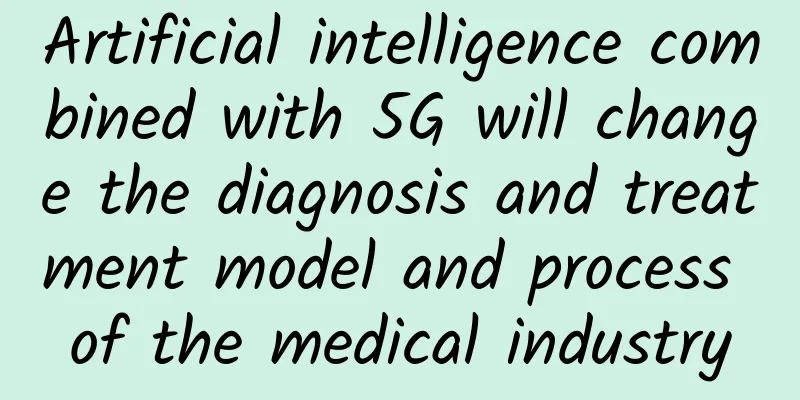The Heart of Smart Devices: Understanding Semiconductor Sensors

|
At the heart of smart devices lies a complex world of technology that is making our lives easier, more efficient, and increasingly connected. One of the key components of this technology ecosystem is semiconductor sensors, tiny but powerful devices that are changing the way we interact with the world around us. In the world of smart devices, semiconductor sensors enable a variety of functions. For example, in smartphones, they facilitate features such as touchscreen interfaces, camera image stabilization, and even health monitoring capabilities. In wearable devices, semiconductor sensors monitor physical activity and vital signs, providing valuable data for health and fitness tracking. In smart homes, they enable automation and control of a variety of systems, from lighting and heating to security. The importance of semiconductor sensors in smart devices cannot be overstated. They are the foundation of the Internet of Things (IoT), a network of interconnected devices that communicate and exchange data. By sensing and responding to their environment, these devices can perform tasks autonomously, making our lives more convenient and efficient. The future of semiconductor sensors in smart devices looks promising. As technology continues to advance, these sensors are becoming smaller, more efficient, and more powerful. This has led to the development of new applications and devices that were previously unimaginable. For example, researchers are exploring the use of semiconductor sensors in nanotechnology and biotechnology, opening up new possibilities in healthcare, environmental monitoring, and other fields. However, as with any technology, there are challenges that need to be overcome. One of the main challenges is the need for more energy-efficient sensors. As devices become smaller and more powerful, they require more energy, which can put a strain on battery life. Therefore, researchers are working to develop sensors that consume less power while maintaining high performance. In summary, semiconductor sensors are at the heart of smart devices, driving innovation and changing our lives. They are the eyes and ears of our devices, enabling them to sense their environment and respond. As technology continues to advance, we can expect to see even more exciting developments in this field, opening up new possibilities for smart devices and the Internet of Things. |
<<: 5 Easy Ways to Check Open Ports on Linux
Recommend
China's communications industry is working together to accelerate the layout of the 5G era
[[182606]] In the discussion of 5G short code sol...
5G infrastructure scale leads the world, accelerating the implementation of 5G applications is the key to future development
After more than a year of commercial use, China h...
Understand HTTP and HTTPS protocols in ten minutes?
[[276795]] 1. What is a protocol? A network proto...
SD-WAN: 10 essential considerations organizations need to weigh
SD-WAN is one of the hottest new network technolo...
Energy-saving building 5G solutions are the key to green buildings
Building equipment suppliers are prioritizing gre...
5G commercialization promotes the scale development of industrial Internet
The Industrial Internet is a network that connect...
Migrating manufacturing to Industry 5.0 with 5G
Chicago’s Digital Manufacturing Institute and the...
How many Layer 2 networking technologies do you know?
1. Analysis of traditional STP technology applica...
DediPath Fall Promotion: 40% off all VPS/Hybrid Servers in Los Angeles, starting at $39 per month for dedicated servers
DediPath is a foreign VPS service provider founde...
There are many "roadblocks" blocking the way for the full popularization of 5G. When will it be possible?
Now everyone is talking about 5G, just like when ...
Understanding Deterministic Networks in Seconds: Playing with Queues (Part 1)
Queue scheduling is a core issue in computer netw...
NTT provides one-stop overall solution for international schools based on Cisco digital network architecture
The tide of digitalization has already affected e...
Sending Messages - RocketMQ Knowledge System (II)
[[410032]] In the previous article, we got to kno...
BudgetVM adds 10-100Gbps bandwidth servers, New Year special offer starting at $99/month
I saw the information about BudgetVM's New Ye...









